7 Best AB Testing Tools For Websites In 2025
A/B testing is a game-changer for boosting user engagement and improving conversions in digital marketing and web optimisation. Today’s best AB testing tools are more advanced and user-friendly than ever.
Whether you’re a marketing pro or a business owner who wants to get to know your audience better, picking the right AB testing tool can help boost your website.
In this guide, we’re sharing the 7 best AB testing tools for websites. We’ve listed these tools for their cool features, ease of use, and how they turn data into actionable insights.
From smart analytics to smooth integration with other marketing tools, these options help you test, analyze, and optimize like a pro. Check them out.
1. ABsmartly – Best AB Testing Tool
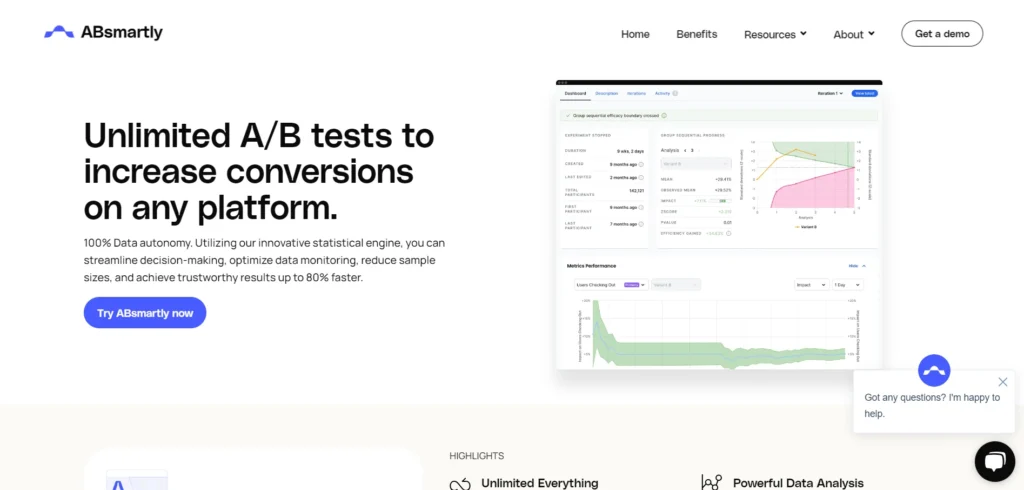
Thanks to its deep data analysis and handy sorting and filtering options, it’s a great platform for figuring out what’s going on with your results. It works on apps and websites, both client-side and server-side, and it keeps adding new features, like sequential testing and multi-stage triggers.
One of the best features of this AB testing tool is that it gives access to expert trainers so that you and your team can use it best.
Check out How To Design A Good About Page?
2. VWO
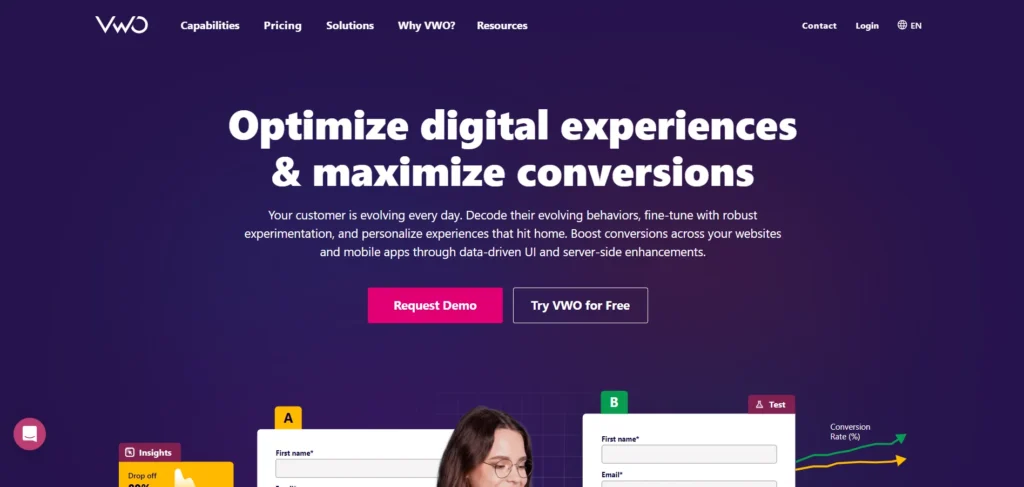
VWO is a powerful tool for experimenting with your website. It helps you integrate all your customer data and understand your customers’ actions.
It also lets you run A/B tests on your site and apps, launch new features, personalize user experiences, and enhance the customer journey.
Also, check out the Top 7 Cool Responsive Website Designs to Inspire You
3. Adobe Target
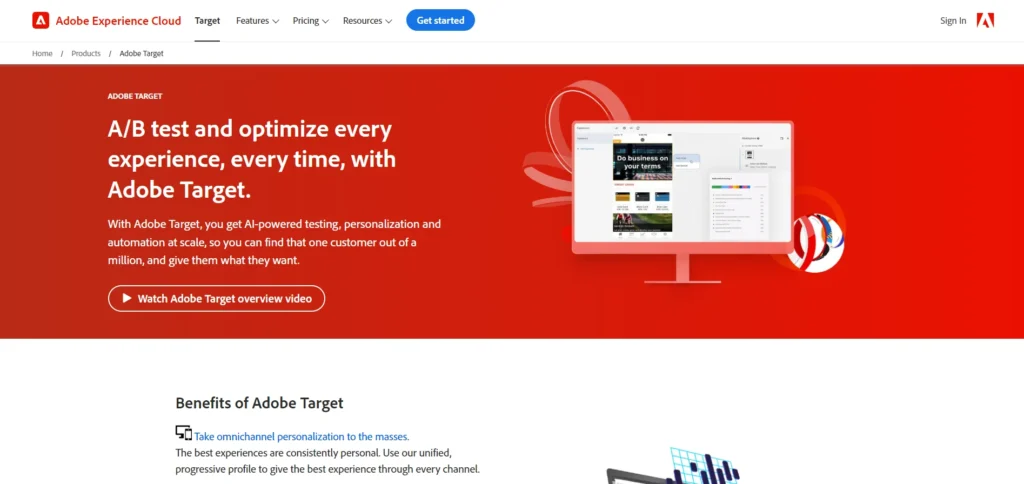
Adobe Target is a top-notch option from the best AB testing tools designed for serious experimentation teams. It lets you run both AB and multivariate tests.
It helps you find the best combinations of content, user experience, and layout for your website or app.
Check out What Is Guerilla User Testing And How It Can Help Improve Usability
4. Statsig A/B Testing Tool
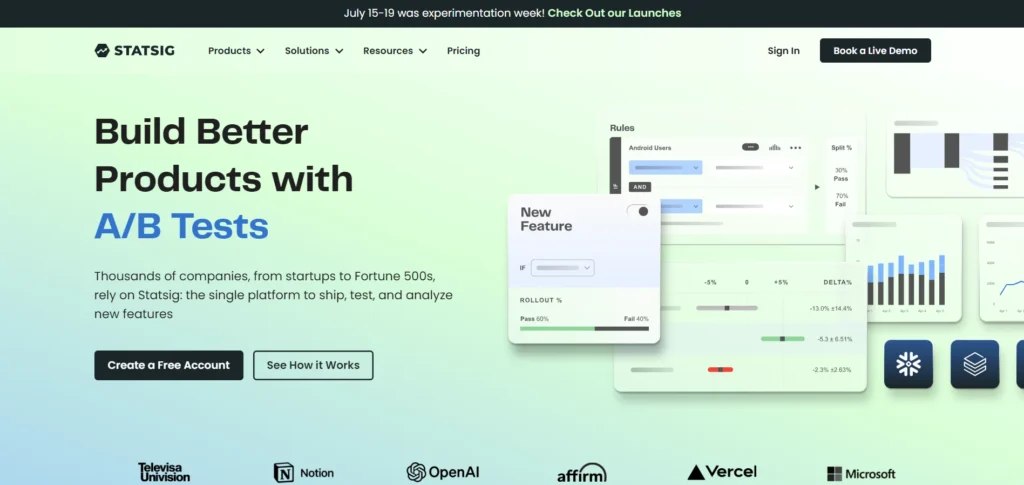
Statsig is a tool for quickly assessing the performance of growth experiments and new product features. It processes the events from your experiments and converts them into meaningful data points.
Statsig boosts experiment velocity by 10x and allows you to run experiments automatically without any complicated setup. It is a good tool for A/B testing.
Also, check out 10 Under Construction Pages For Your Inspiration
5. Optimizely – Best AB Testing Platforms
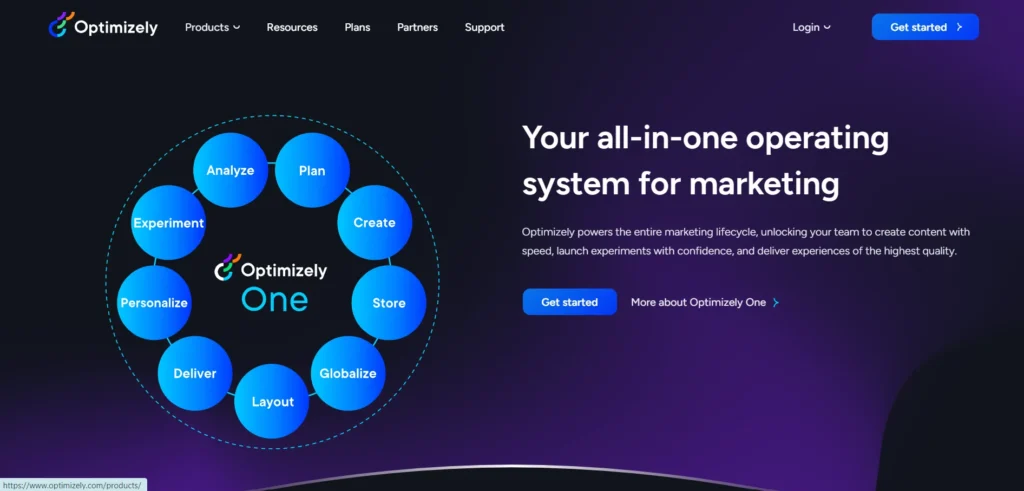
Optimizely is a versatile platform for improving your digital experience. It lets you experiment with your website and features, manage web content, and personalize user experiences.
You can do everything from simple experiments with little to no coding to more complex server-side tests. It also supports testing across mobile and streaming platforms.
Check out How To Design For Readability Of A Website
6. Kameleoon
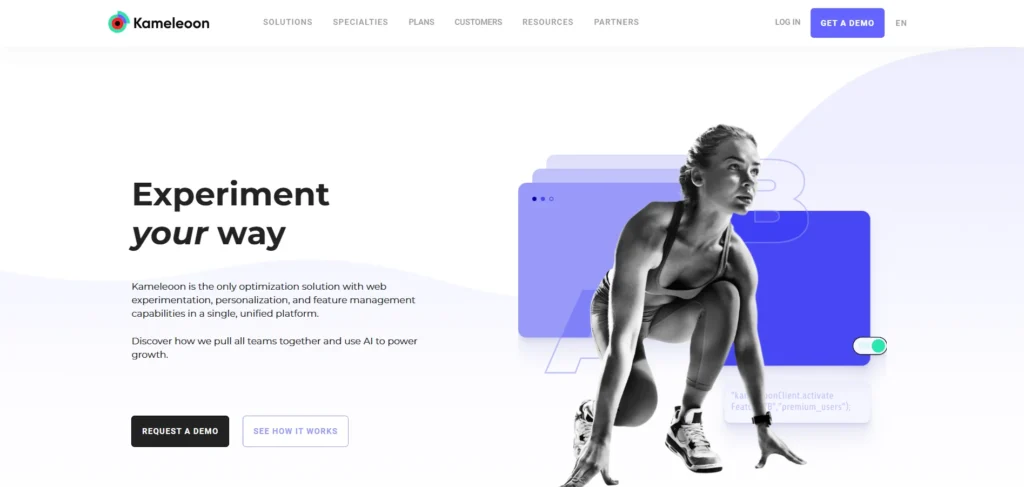
Kameleoon is an all-in-one platform for optimizing your digital experiences. It lets you run experiments on your website, apps, and features. Whether you’re a team leader, product manager, or developer, it’s built to meet your needs.
With support for over 30 integrations, it easily fits into your existing tech setup. Plus, its AI-powered personalization helps you give real-time tailored experiences for each user.
Also, check out 10 Inspiring Design Websites With Video Background
7. ABTasty Tool
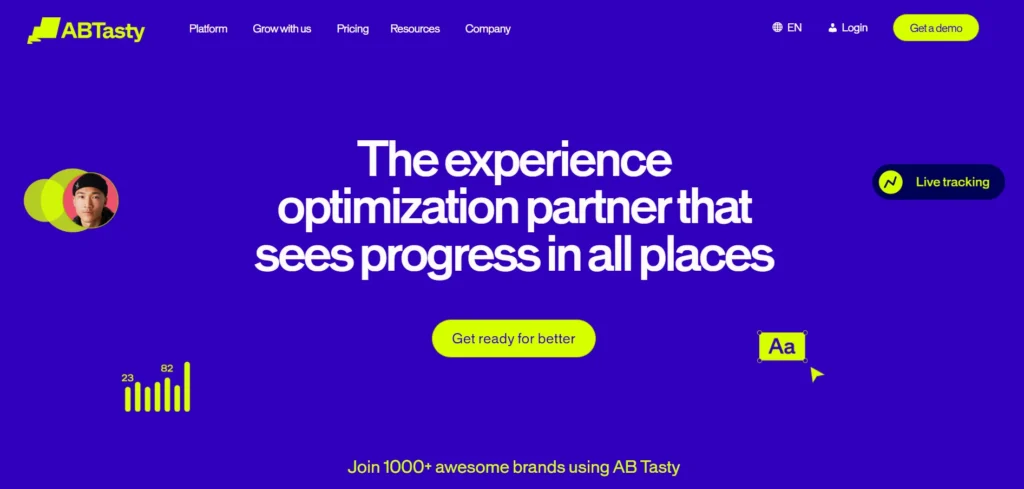
AB Tasty has ready-to-use widgets and lets you run various tests, such as multivariate and client-and server-side testing. It also offers search and recommendations, personalization, and emotion-based AI targeting.
With over 1000 companies using it and great customer support, you’re in good hands. You also get full control over your tests, allowing you to set them up based on URLs, location, and demographics.
Check out What’s The Difference Between Good And Great Web Design
Wrapping Up – Best AB Testing Platforms
These tools will help you simplify your AB testing and get the best results for your users. These are the best tools if you want data-driven results.
With the best-integrated technology in each, you will surely find a tool to suit your testing and experimentation needs. Use these to boost user engagement and improve conversions effectively.
Like this post? Check out more amazing graphic and web design content on our blog.
Leave a Reply